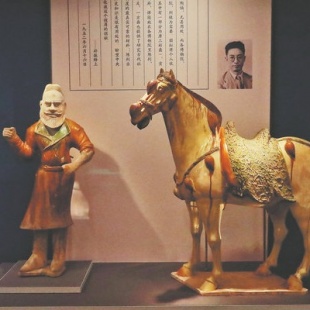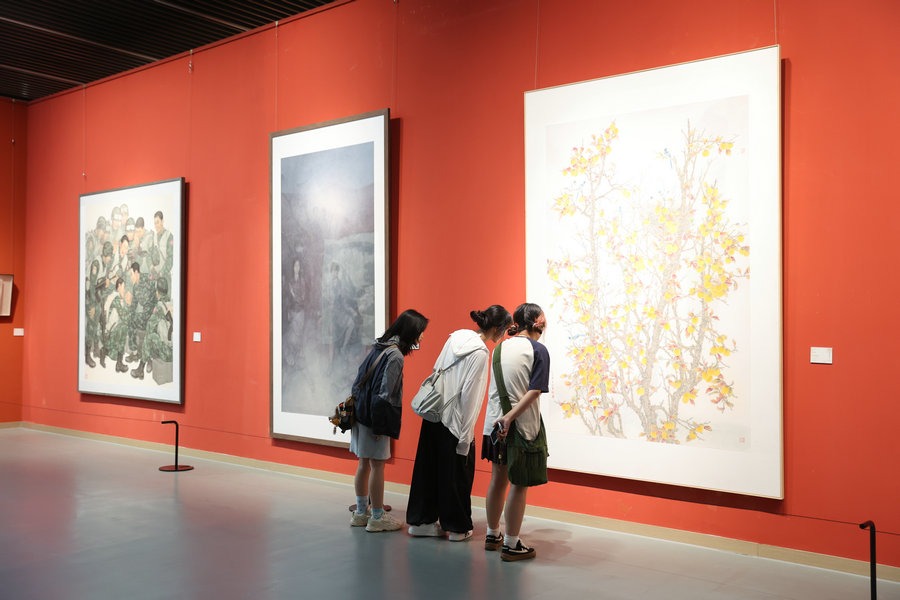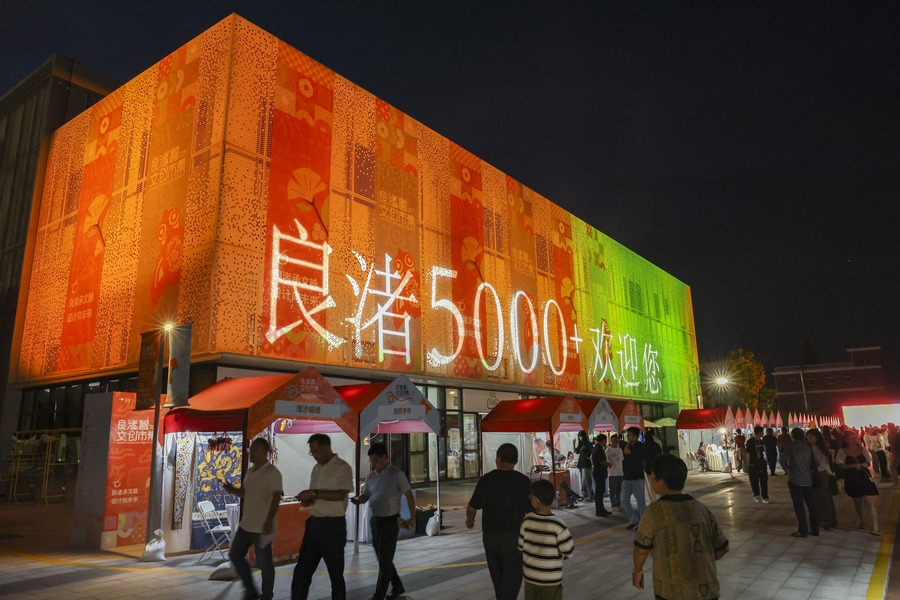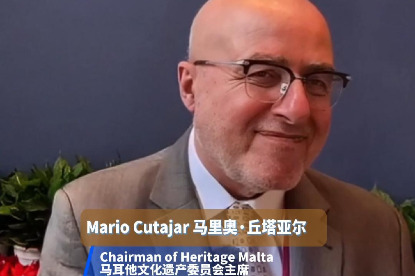Generously donated ancient relics serve as witnesses to nation's legacies

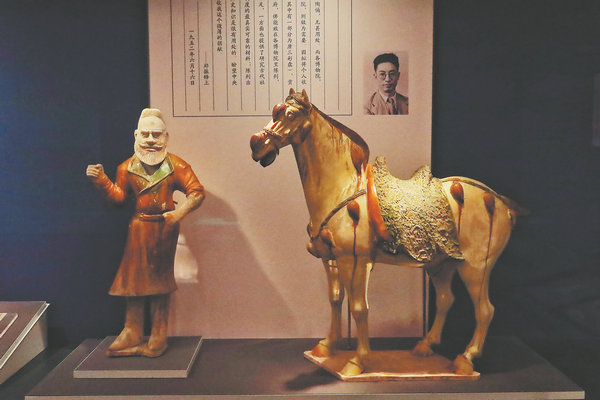
Among the 1.95 million cultural relics housed in China's largest museum in terms of collection scale, the Palace Museum in Beijing, also known as the Forbidden City, nearly 35,000 were donated by about 800 individuals since the victory in the Chinese People's War Against Japanese Aggression (1931-45) 80 years ago.
That "small" number of relics might appear trivial, with most of the rest coming from the former royal collection of the Qing Dynasty (1644-1911) due to the museum's status as an imperial palace from 1420 to 1911.
Nevertheless, in the eyes of cultural relic custodians, these donors have made exceptional contributions in the preservation of Chinese civilization, which also designates this "small" group of relics as special treasures.
This month marks the 100th anniversary of the founding of the Palace Museum. In celebration, a yearlong exhibition was launched last week in the museum's Palace of Great Benevolence (Jingren Gong) to honor these generous donations.
About 100 artifacts, which were donated by 100 people in the past decades, are displayed in the Benevolence in Motion: Donated Artifacts in the Palace Museum exhibition.


